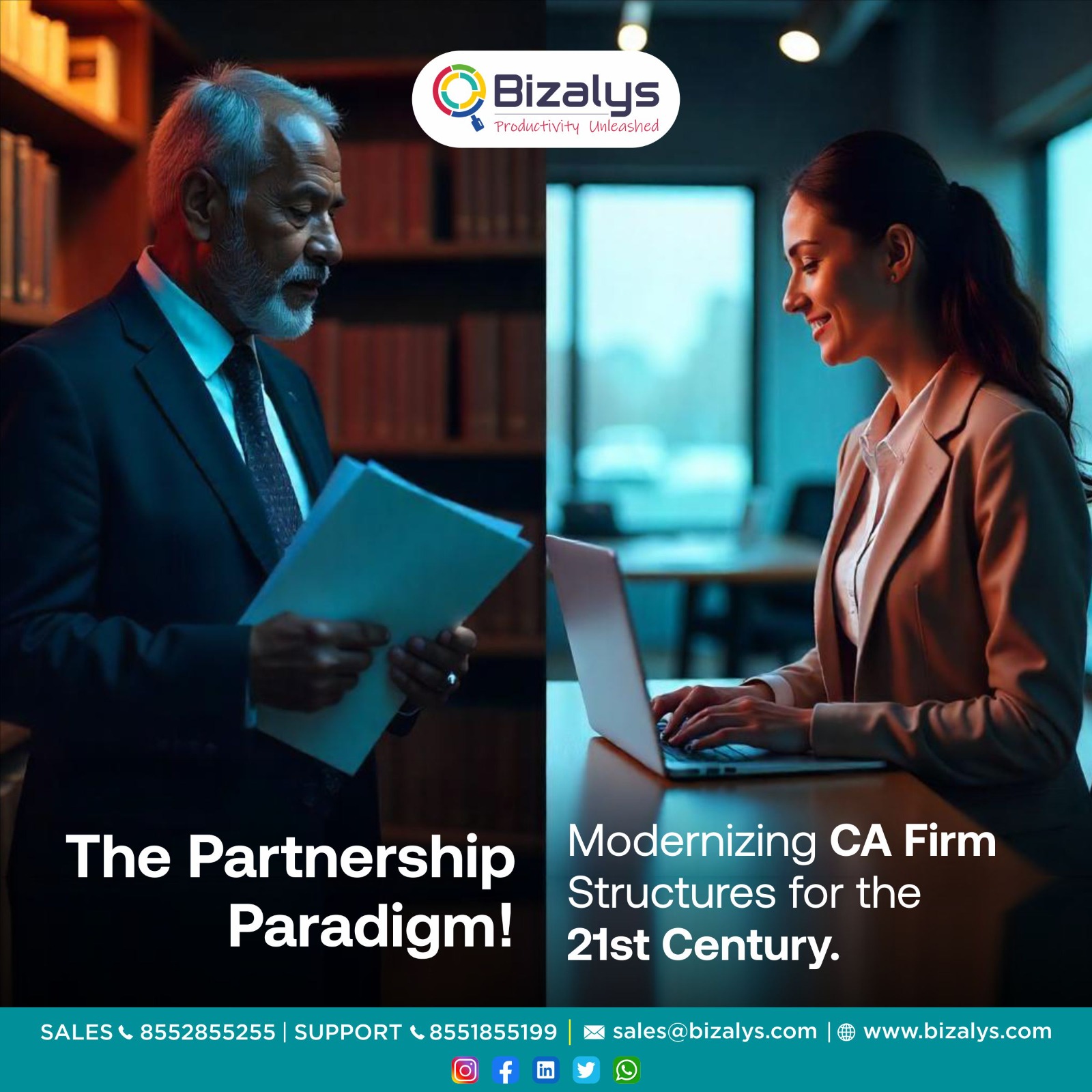



"My father built this firm over 30 years. When he offered me partnership, I was hesitant. The traditional model felt like golden handcuffs rather than an opportunity" shares a second-generation CA from a reputed Pune-based firm. This candid admission echoes a growing sentiment across India's CA landscape – the traditional partnership model needs a serious upgrade as the generational divide is reshaping Indian CA firms.
Picture this: A young, ambitious CA looking at their future. On one side stands the traditional CA firm with its "work hard for 5-10 years and maybe become a partner" model. On the other, a dynamic corporate environment offers ESOPs, rapid growth, and clear career paths. Progressive CA firms are proving there's a third way – modern partnership structures that reward merit and create opportunities in 3-5 years rather than 5-10 years.
Recent data paints a concerning picture:
Here's a striking reality check: In an era where startups offer ESOPs and tech companies promise rapid growth, traditional partnership models are becoming obsolete. But innovative firms are showing there's a better way.
The entry of Gen Z into the profession has catalyzed the need for change. This digitally native generation, raised on social media and rapid technological evolution, brings fundamentally different expectations to the workplace. They seek purpose beyond profits, demand work-life integration (not just balance), and expect transparency in all aspects of firm operations.
Today's young professionals bring fundamentally different expectations:
The transition to modern partnership structures requires a robust framework for recognizing and rewarding contributions. Our comprehensive guide "Enhanced Points-Based Revenue Sharing Model for CA Firms" provides detailed metrics and implementation strategies for each partnership level. This objective system helps create transparency and fairness in profit sharing while incentivizing performance and growth.
1. Senior Partner Resistance
2. Financial Implications
3. Risk Management
"When we modernized our partnership structure, we discovered it opened new possibilities for growth," shares a managing partner at a rapidly growing firm. "Today, we operate virtual offices across three states, with partners leading specialized practices regardless of location. Our young partners particularly excel at leveraging technology for seamless collaboration."
This integration of modern partnership structures with geographic expansion is creating new opportunities. Partners can build specialized practices that serve clients nationwide, while firms can attract talent regardless of location.
Small Firms (1-3 partners)
Medium Firms (4-10 partners)
Large Firms (10+ partners)
Operational Challenges
Compliance Requirements
Remember our discussion about "Reclaiming Fun at CA Firms"? Partnership modernization isn't just about ownership – it's about cultural transformation:
Rushing implementation without proper planning
Start monthly partner-associate meetings
The future belongs to firms that can create attractive partnership paths while maintaining professional excellence. Success requires balancing tradition with innovation, stability with flexibility, and individual ambition with collective growth. The firms that thrive will be those that create structures that the next generation is excited to inherit.
Start your journey with these simple steps:
The question isn't whether to modernize your partnership structure – it's how quickly you can adapt before losing top talent to more progressive firms. Remember, today's seniors are tomorrow's partners, but only if you give them a partnership worth aspiring to.
Stay tuned for our next blog: "Crafting the Perfect CA Partnership Agreement" where we'll explore how to legally structure these modern arrangements.
Ready to revolutionize your CA practice? The future of partnership is about merit, not just tenure.
#IndianCA #PracticeManagement #CAFirmGrowth #ModernPartnership #FutureOfAccounting